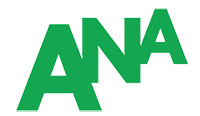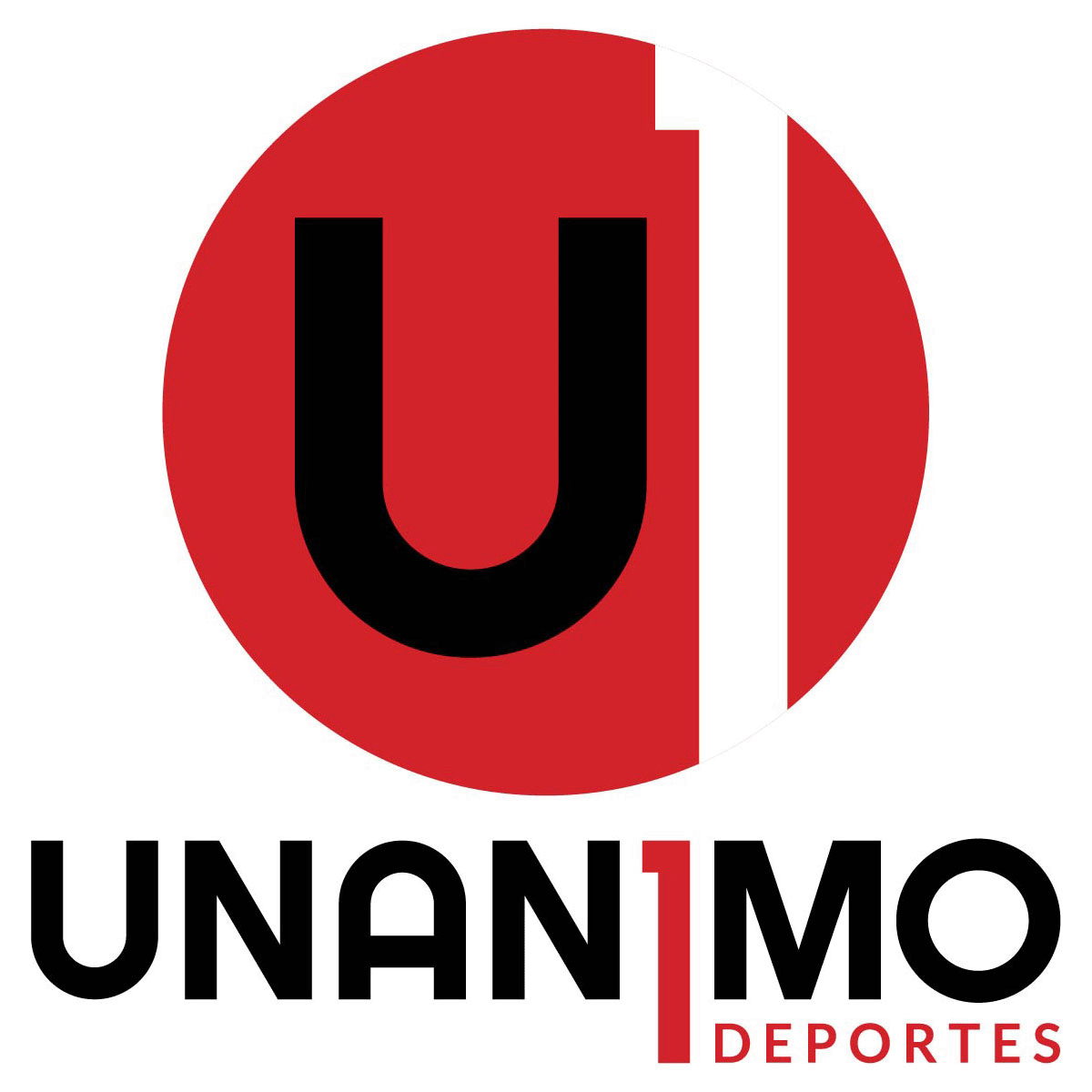Social Branding: The Power of the Social Media Space.
April 5, 2010
There are currently over 450 social media platforms and the list is growing. With such a rapidly expanding market, brands must consider how they fit into the social media sphere. Most will discover that they would benefit from either active participation or a passive monitoring presence. Brands that choose to be in social media must develop a clear strategy that takes full advantage of the opportunities that the social space presents, while avoiding the pitfalls of a social media presence that is poorly executed. No matter how actively a company participates in this space, however, it is always important to secure names that could be used to protect or promote its brands. With this Perspectives, FairWinds examines the opportunities and challenges that brands face while setting up real estate in the social media space.
Foreword
The fascination with the social media scene continues as businesses marvel at the interactive power of a medium that takes on many different forms including forums, weblogs, social blogs, wikis, podcasts, pictures, video, rating, posting, chatting, messaging, and bookmarking.
Every month, Facebook has roughly 3 billion visitors, Twitter has 200 million and LinkedIn has 70 million. For brands, this exposure can equate to millions of views that could, with the right strategy, translate into advertising revenue, sales, brand loyalty and reputational benefits.
With these kinds of numbers, failing to at least secure usernames in social media sites simply is not an option—the question is, how does a company work to develop a clear social media strategy? For FairWinds, the connection between domain names and usernames is clear—they are both critical digital assets that protect and promote a company’s initiatives online. Domain names are easy to remember alphanumeric strings that allow Internet users to navigate the Internet to find the Web sites of their favorite brands. Usernames function in much the same way. Internet users navigate social spaces by searching for or directly entering the usernames of their favorite brands, names of individuals they are looking for, or keywords for conversations about topics that interest them. Just as domain names provide trustworthy addresses for relevant, desired content to customers, usernames provide the same in the social media space. Domain names and social media spaces require separate and distinct name ownership strategies. Both types of strategies should look to optimize online traffic by capitalizing on the way Internet users seek content:
* Promotion: Just as brands look to promote themselves through intuitive domain names that “direct navigators” are likely to type into their browser address bars, brands need to be visible in social media where social networkers are likely to look for them by controlling and using the most intuitive account usernames and handles. Similarly, consistent construction needs to be used for the different types of profile and program pages that brand owners deploy. For example, there should be consistency in the naming convention employed for corporate pages, customer service pages and marketing program pages.
* Protection: Just as brand owners look to protect their brands against cybersquatters looking to register infringing domain names that are likely to receive type-in traffic, brand owners should look to protect their brands against usersquatters looking to register infringing account usernames and handles that are likely to be visited by potential consumers either by accident or intuition.
If used properly, social media sites offer rewards. If social media sites are used poorly or ignored, companies risk being subjected to brand bashing and negative comments that can be broadcast far and wide to millions in every country in the world. To get a sense of how the biggest brands are currently trying to make good use of social media usernames, FairWinds examined the presence of the top five companies on Interbrand’s Best Global Brands list—Coca-Cola, IBM, Microsoft, General Electric and Nokia.
Methodology
While there are a large number of possibilities for the usernames and handles that Coca-Cola, IBM, Microsoft, General Electric and Nokia could and should register—including varieties with hyphens, brand name and product keyword combinations and acronyms—we limited our examination to the following core identities:
* The username “CocaCola” for Coca-Cola
* The username “IBM” for IBM
* The username “Microsoft” for Microsoft
* The username “GeneralElectric” for General Electric
* The username “Nokia” for Nokia
FairWinds used knowem.com to check the availability of these usernames in the social media space. This site searches the availability of usernames across 350 of the top social media networks. Rather than looking across all social sites offered by knowem.com, FairWinds focused its examination on community sites such as Facebook (knowem.com monitors 44 of these sites) and microblogging sites such as Twitter (knowem.com monitors 16 of these sites) in order to gain a better understanding of the social media space that surrounds these two areas. After searching knowem.com for each of the usernames listed above, FairWinds noted how many of the usernames were registered (either by the appropriate brand or by a third party) and which were still available for registration. In several cases, the username would prove to be too short or too long for registration in a particular community or microblogging site, so that was noted as well.
Finally, we analyzed the information that we gathered and drew upon our experience with clients to highlight some of the unique challenges that each brand faces in the social networking space.
Key Results
Life Cycle of a Domain Name
* Certain social media sites have a maximum or minimum character length for usernames.
Discussion
From a brand promotion perspective, companies use social media to expand the reach of their message; engage consumers to gain feedback about products and services; drive additional sales; and open up a dialogue that can both strengthen brand loyalty and attract the attention of new customers.
According to a social media study issued by EngagementDB, a database that measures online engagement for top brands, “the number of channels a brand engages with exponentially increases the effectiveness of its singular activities. From a dollars and sense standpoint, this implies that brands that invest more resources in social media get more bang for their buck.”1 By owning the right usernames, brands can develop another user-friendly platform from which to project their image and interact with their relevant audiences. These reputational benefits and added impressions can translate not only to intangible benefits such as good will and trust amongst the Internet community, but also to increased top and bottom line growth. Social media, after all, may be one of the most cost-effective audience growth mediums in the digital world. Social media platforms that foster trust and create positive experiences for Internet users will encourage interaction with the brand. These platforms can also contribute to increased sales by immediately directing consumers to desired content or contribute to consumer happiness and brand loyalty by offering customer service and instant help.
A company that secures the usernames containing its exact brand names, as well as the most intuitive and common permutations and acronyms, controls the most logical real estate on which to post its messaging and interact with its community. Company ownership of these usernames also prevents adversaries, unauthorized spokesmen, fans or disgruntled employees from owning or having access to intuitive names that they could use to post potentially harmful content. Oftentimes that content is deemed a “fair use” under the terms of use and trademark policies that are still very much unpredictable and in their “infancy” across social networking sites.
“Unlike the UDRP for domain names, there is no unified or independent forum for recovering infringed usernames,” said Steve Levy, Esq. “Brand owners who are rebuffed under the varying trademark policies employed by social media sites are left to seek redress through the very expensive and time-consuming avenue of the court system. It is expected that this area will evolve once social media sites realize the cost of routinely dealing with subpoenas and litigation exposure.”
The extent to which a brand should register usernames and handles on social media sites depends on the brand’s target audience and how much of an impact the brand hopes to have on Internet users.
If a brand’s target audience is likely to look for it or “discuss” it on social networking sites, it would be a mistake for that company to miss out on reaching those individuals by neglecting to register or acquire intuitive, branded usernames and handles on community sites and blogging sites. The fact is, most brands are being talked about on Twitter and other sites everyday – often throughout the day. According to Mark Langsfeld, CEO of the social media monitoring firm ListenLogic, “large consumer brands like Coke, Microsoft and IBM each have tens of thousands of online mentions every day.”
Registration Status of Top 5 Global Brands in Both Categories
In order to see who is registering usernames containing brands on social media sites, FairWinds examined the registered usernames in the data set outlined in the methodology section of this paper. Of the registered usernames in our data set, 90 percent are owned by a third party and being used as a fan site or for the registrant’s individual use. Only 10 percent of registered usernames in our data set were owned by the corresponding brand.
Brands do not want to put their customers in the position of having to hunt for the brand, uncertain of the username that will guide them to official brand content and information. Furthermore, any username or handle that is valuable for a brand is equally valuable to a usersquatter who may be looking to promote his or her agenda or hope to diminish the prestige of the brand. As a result, it is critical to secure available usernames and acquire taken usernames in a prioritized fashion. Many usersquatters secure a username and do nothing with it. Others begin to immediately post content that augments the fair use argument. The clock is ticking once a username is secured and it may be that once content is posted and “followers” begin to line up, it is too late to exercise trademark rights to recover a taken name.
One cannot say what the “right” username generally looks like because each company has unique challenges, opportunities and goals. As such, there is no simple formula for putting together the right username that would hold true across companies or across industries. However, there are key issues that brand owners must consider as they embark on a social media strategy.
Platform Relevance
One of the most important aspects of a strong social media program is to know your customer and select social media sites that will be the best means of both targeting that customer and placing the brand where the discussion about the brand is already occurring. The Nokia brand, for example, has had its corresponding usernames registered extensively. This is most likely because its target audience is comprised of younger, more tech-savvy individuals. General Electric, on the other hand, does not have as active a presence in social media beyond providing a network for its employees; rightfully so, given that its target consumers are unlikely to use social media to seek out the company’s products under the parent company’s name. Those companies that actively foster a close relationship with their customers in other ways are the ones that put the most effort into social media strategies. Coca-Cola is one example of a company that has honed its social media tactics and developed a significant presence. Coca-Cola has more than 5,000,000 fans on Facebook (fans in Facebook are representative of the number of users that follow Coca-Cola).
Registration Availability
Once the appropriate platform has been selected (and there will certainly be multiple chosen), companies must decide which usernames or handles to register. It may seem obvious to register the name of the parent company, but companies should also take the time to consider which brands or product names they should register in addition to the parent’s moniker. Oftentimes, consumers seek out specific products more actively than the company that produces them and therefore may be more inclined to engage with the product via social media than the company as a whole. Also, companies need to devise a strategy for how to proceed if the names they wish to register are no longer available (for example, if they have already been registered by a third party). In that situation, one option is to affix a descriptive term to the brand or company name when registering the handle. For example, if Mars’ Dove chocolate brand found that Unilever’s Dove soap had already registered the name “Dove” on a given platform, perhaps an easy solution would be to register the name “DoveChocolate.”
Registration Restrictions
Certain social media platforms may have restrictions about which types of characters can appear in usernames and also who can register and own usernames. For example, Facebook requires brands that register usernames to list their page as a corporate page—pages set up using branded usernames and registered as “personal” will be flagged and shut down by Facebook as a violation of policy. In some cases, hyphenated brands like Coca-Cola may have to consider registering names that do not include the hyphen. Accent marks or non-alphanumeric characters (ex. Nestlé) could also be problematic, so companies must take care to devise usernames that fit the platform’s regulations without diluting the brand image. Another concern is the length of the names. General Electric, for example, is much more commonly referred to as “GE,” but that name is too short for most platforms (3 character minimums are common). Again, an easy solution may be the addition of a descriptive term.
Company Policy and Internal Communication
Many companies experience trepidation when considering launching social media strategies because of the lack of regulation inherent in most platforms. It is vital for companies to implement a corporate policy on the use of social media usernames. For example, the Financial Industry Regulatory Authority (FINRA), the independent regulator for all securities firms, has issued a regulatory notice on “compliance and regulatory considerations when using social networking sites to communicate firm business.” Without a strong policy, problems will undoubtedly arise when employees control one or more addresses or names. The policy must evaluate how to accommodate for the registration of multiple social media usernames to avoid potential problems and be clearly communicated to all employees.
If a company discovers that the username or handle it wishes to register has already been taken and it does not want to register an alternate handle, it should familiarize itself with the reclaim process. Reclaim policies vary across platforms, so it is important for companies to be aware of the different rules before attempting to recover a name registered by a third party. For example, Facebook allows users to submit a form requesting a transfer, whereas Twitter has a less formalized reclaim mechanism. In some cases, such as reclaim is not possible at all.
Conclusion
Being on the Internet is all about ‘location, location, location.’ Anticipating where digital investments make sense is about adapting to known data on customer preferences rather than relying on ‘gut feel.’ Social media is about having conversations that are largely uncontrollable. If mishandled, these elements and behaviors can lead to brand dilution and financial losses. If they are managed wisely, however, they can open new doors and reveal different methods for reaching and engaging customers, thereby improving productivity and value.
The importance of owning intuitive domain names and the right social media usernames so that new and existing customers can “find you” will continue to grow and is the backbone of all digital initiatives. By controlling the usernames that customers will assume to be official, a company will possess the most logical addresses to use and can prevent adversaries from owning or having access to intuitive names to post potentially harmful, confusing, or misleading content.
There is not a one-size-fits-all solution for every company, brand, or social platform. However, it is generally advisable to protect your brand in the places where Internet users are most likely to look for it and ensure they view whatever they find there to be authoritative. Unlike the domain name world, where rationing resources is critical, there are no incremental or ongoing costs associated with holding social media account/user names. Although there was no clear predictor that cybersquatting would ultimately develop into a billion dollar problem for large enterprises, we now know that the squatting of social media site usernames is following a similar path. We are already seeing usersquatting occur and the practice continues to grow. Therefore, we believe there is an incentive to secure these names and preserve the option to use them later if it makes sense to do so. More importantly, this approach blocks those not associated with the brand from usurping the brand’s message in the most official-looking spaces in social media.
All brands, regardless of how deeply involved they will be in social media, must be prepared to do some ongoing monitoring because of the ever-changing nature of the space. Brands have to make sure to have ears close to the ground in order to detect and adapt to shifts in consumer sentiment as it relates to their online and offline activities. FairWinds does not monitor or track consumer sentiment or what is being said about brands; FairWinds is plugged into where Internet users are most likely to look for brands and can provide sound advice to companies regarding the right social media real estate to own and use to grow the reach of companies’ online efforts.
[1] Ingram, Josh. “Cutting Through the Clutter: Measuring Social Media.” Interbrand.com. Web.
Courtesy of http://www.BrandChannel.com






























